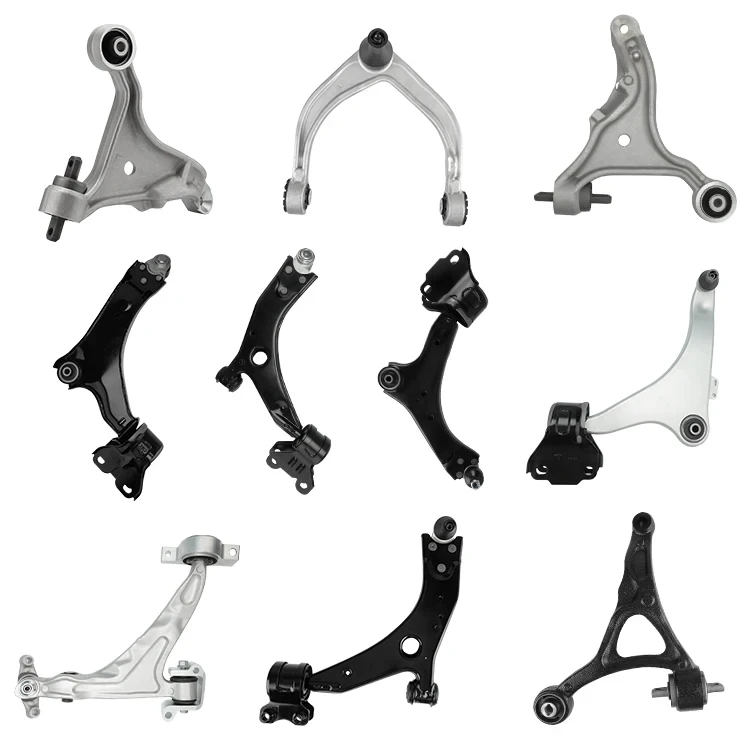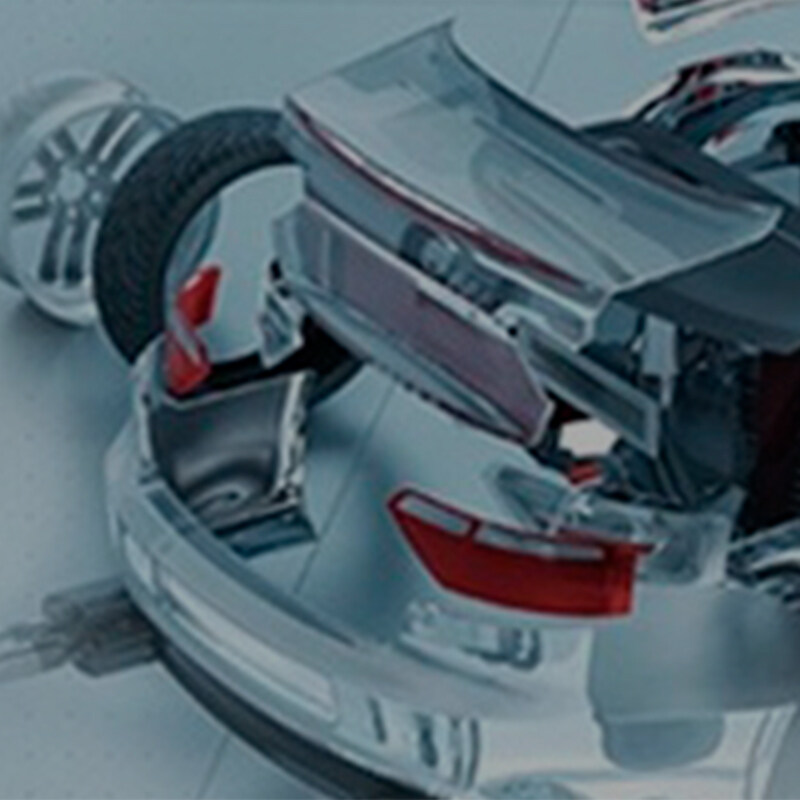Email format error
Email cannot be empty
Email already exists
6-20 characters(letters plus numbers only)
The password is inconsistent
Email format error
Email cannot be empty
Email does not exist
6-20 characters(letters plus numbers only)
The password is inconsistent

News

A Comprehensive Guide to Ford Transit Control Arms: What You Need to Know
When it comes to ensuring the smooth operation and longevity of your Ford Transit, understanding the role and significance of key components is essential. One such critical part is the control arm. Though often overlooked, the control arm plays a vital role in the suspension system of your Ford Transit, contributing to both vehicle stability and ride comfort. Whether you're a seasoned mechanic or a curious vehicle owner, this article will guide you through everything you need to know about the Ford Transit control arm.
What is a Control Arm?
The control arm, also known as an A-arm or wishbone, is a crucial component of your vehicle’s suspension system. It connects the wheel hub and the steering knuckle to the vehicle’s frame, allowing the wheels to move up and down in response to the road surface while maintaining the proper alignment of the wheels. In simpler terms, it helps the wheels to stay firmly on the ground, even when the road is bumpy, ensuring a smoother and safer ride.
For the Ford Transit, which is often used for commercial purposes, including transporting goods or passengers, the control arm's role is even more critical. A faulty control arm can lead to uneven tire wear, reduced steering precision, and even dangerous driving conditions, particularly when the vehicle is heavily loaded.
Why is the Ford Transit Control Arm So Important?
Given the Ford Transit’s frequent use in demanding situations, from urban deliveries to long-haul trips, the control arm must be in top condition. Here’s why:
Stability and Handling: The control arm is fundamental to your vehicle’s stability. It ensures that the wheels move in sync with the road conditions, keeping the vehicle steady. If the control arm is damaged or worn out, you may notice the vehicle pulling to one side, particularly when driving at higher speeds, which can be a safety hazard.
Comfort: A properly functioning control arm absorbs much of the shock from bumps and potholes, contributing to a more comfortable ride. For a vehicle like the Ford Transit, which often carries passengers or delicate cargo, maintaining ride comfort is crucial.
Tire Longevity: Uneven tire wear is a common symptom of a bad control arm. Since the control arm keeps the wheels aligned, any issues can lead to misalignment, causing the tires to wear out faster on one side. This not only reduces the lifespan of your tires but also affects fuel efficiency and overall vehicle performance.
Cost Efficiency: By maintaining your Ford Transit control arm, you can avoid more costly repairs down the line. A damaged control arm can lead to further damage to the suspension system, including the shocks, struts, and even the tires. Early detection and replacement of a worn-out control arm can save you from expensive repairs and downtime.
Signs of a Faulty Ford Transit Control Arm
Knowing the signs of a failing control arm can help you address the issue before it becomes a serious problem. Here are some common symptoms:
Clunking Noise: If you hear a clunking noise when driving over bumps or making turns, it might be a sign that the bushings or ball joints in the control arm are worn out.
Steering Issues: A damaged control arm can lead to a decrease in steering control. If your Ford Transit is pulling to one side or the steering feels loose, the control arm could be the culprit.
Uneven Tire Wear: As mentioned earlier, uneven tire wear is a classic sign of control arm issues. Regularly check your tires for any signs of unusual wear patterns.
Vibrations: If you feel vibrations in the steering wheel or through the floor of the vehicle, particularly when accelerating or decelerating, it could indicate a problem with the control arm.
Replacing the Ford Transit Control Arm
If you suspect that your Ford Transit control arm is failing, it’s crucial to address the issue promptly. Here’s what you need to know about replacing the control arm:
DIY vs. Professional Help: While replacing a control arm is a task that some experienced DIY mechanics can handle, it’s generally recommended to have a professional do the job. The process involves lifting the vehicle, removing the wheels, and then carefully detaching the control arm from the suspension system. Incorrect installation can lead to further problems, so unless you’re confident in your skills, it’s best to leave it to the experts.
Choosing the Right Control Arm: Ensure that you purchase a control arm that is specifically designed for your Ford Transit model. The control arm must match the vehicle’s specifications to ensure proper fit and function. You can opt for an OEM (Original Equipment Manufacturer) part or a high-quality aftermarket control arm.
Cost Considerations: The cost of replacing a Ford Transit control arm can vary depending on whether you choose an OEM part or an aftermarket one, and whether you do the job yourself or hire a professional. On average, you can expect to pay between $200 and $500, including parts and labor. It’s a small price to pay considering the critical role the control arm plays in your vehicle’s safety and performance.
Preventative Maintenance: To extend the life of your control arms, regular vehicle maintenance is essential. This includes routine inspections of the suspension system, ensuring that the bushings and ball joints are lubricated and in good condition, and addressing any alignment issues promptly.
Conclusion: Keep Your Ford Transit in Top Shape
The Ford Transit is a reliable workhorse, known for its durability and versatility. However, like any vehicle, it requires regular maintenance to stay in top shape. The control arm, though often overlooked, is a critical component that directly affects the vehicle's safety, handling, and comfort.
By understanding the importance of the Ford Transit control arm, recognizing the signs of wear and tear, and knowing when and how to replace it, you can ensure that your vehicle remains safe and reliable for all your transportation needs. Whether you’re using your Transit for business or pleasure, keeping the control arm in good condition is key to enjoying a smooth, stable, and safe driving experience.

